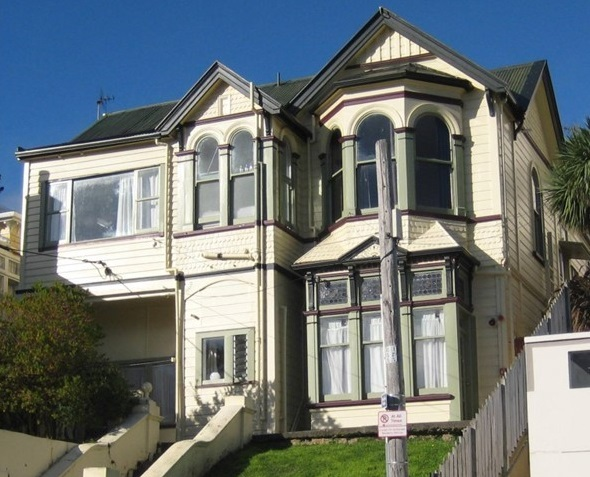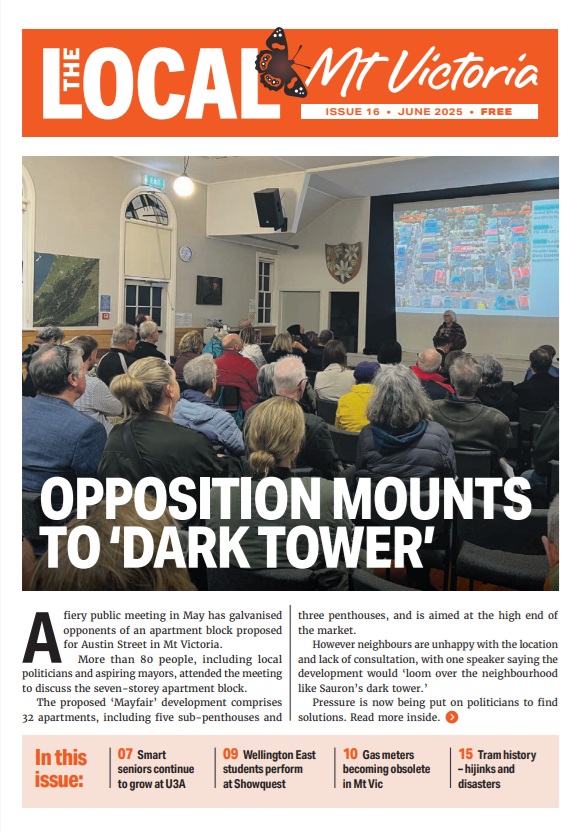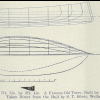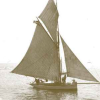In the early days of Wellington, Anniversary Day was celebrated with a yachting regatta – which involved some notable sailors of Mount Victoria, as Joanna Newman of the Mount Victoria Historical Society explains.
With another Wellington Anniversary Day holiday just passed, it’s now 183 years since the first one in 1841. Celebrations in the early years of the settler town included a fete, a private ball, and the Wellington Anniversary Day Regatta. The annual sailing regatta was taken over by the Royal Port Nicholson Yacht Club after its formation in 1883.
Mount Victoria has particularly strong connections with the harbour, and two of its early residents were keen sailors.
The first was Wellington Harbour Pilot, Captain Lancelot Holmes, who lived at what is now 23 Stafford Street for most of his working life, when he wasn’t based at the Worser Bay pilot station. From the age of 20 until he retired in 1888, Holmes worked for the pilot service and was considered something of a hero for his efforts in bringing ships through our dangerous harbour entrance. In 1883, for instance, he rowed 20 kilometres out to a steamer that had lost power and finally brought the ship safely into the harbour after dark.
Holmes was also an early yachting champion. In 1874 he sailed the ‘Xarifa’ - the first true yacht built in Wellington (that is, one designed only for racing and cruising) - to victory in the Wellington Anniversary Day Regatta.
The other notable Mount Victoria yachtsman was Arthur Dixon. He bought the ‘Pet’ in 1883 and sailed it in the 1884 Regatta. Then, in 1889, he bought the “crack” Auckland yacht, ‘Jessie Logan’. (Still sailing, the ‘Jessie Logan’ is considered one of the oldest racing yachts in the world.)
Arthur Dixon worked for Sargood, Son and Ewen’s, a major clothing manufacturer and retailer. After 20 years with Sargood’s, in 1907 he left to set up his own wholesale woollens and clothing business with a fellow Sargood’s employee. Dixon was responsible for 1898 alterations to his 4 Hawker Street home designed by well-known architect, William Crichton, which resulted in it looking largely as it does today.
The homes of both these men are still standing, so we can walk past any day and imagine something of their lives.


OTHER STORIES







